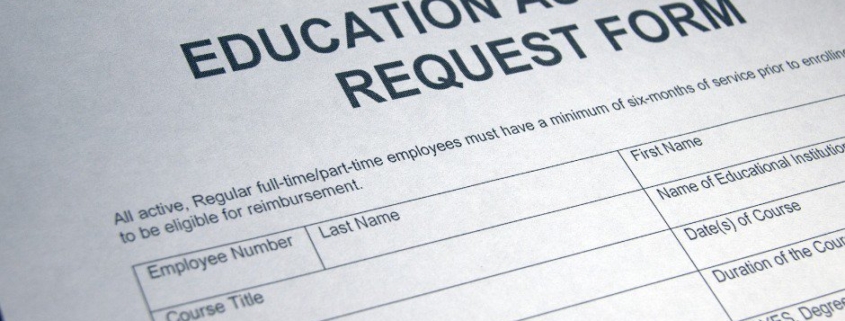Providing Educational Assistance to Employees? Follow These Rules
- Learn about educational assistance programs and what qualifies as “education” under these plans.
- Discover additional requirements for educational assistance programs.
- What qualifies as “job-related” educational assistance?
- Find out how the tax implications differ between educational benefits and job-related educational assistance.
- Learn about student loan repayment assistance.
Many businesses provide education fringe benefits so their employees can improve their skills and gain additional knowledge. An employee can receive, on a tax-free basis, up to $5,250 each year from his or her employer for educational assistance under a “qualified educational assistance program.”
For this purpose, “education” means any form of instruction or training that improves or develops an individual’s capabilities. It doesn’t matter if it’s job-related or part of a degree program. This includes employer-provided education assistance for graduate-level courses. This also includes those normally taken by an individual pursuing a program leading to a business, medical, law or other advanced academic or professional degree.
Thinking about providing education assistance to your employees? Fiducial has information you should know below!

Educational assistance has additional requirements
You must provide the educational assistance under a separate written plan that’s publicized to your employees. It must also meet a number of conditions, including nondiscrimination requirements. In other words, it can’t discriminate in favor of highly compensated employees. Also, restrictions exist for assistance to those who own 5% or more of the business (this includes their spouses or dependents). An employer may not provide for this individual more than 5% of the amounts paid or incurred by the employer for educational assistance during the year.
Employees may not take a deduction or credit for any amount excluded from the employee’s income as an education assistance benefit.
Job-related education
Did you pay more than $5,250 for educational benefits for an employee during the year? Then he or she must generally pay tax on the amount over $5,250. Your business should include the amount in income in the employee’s wages. However, in addition to, or instead of applying, the $5,250 exclusion, an employer can satisfy an employee’s educational expenses, on a nontaxable basis, if the educational assistance is job-related. To qualify as job-related, the assistance must:
- Maintain or improve skills required for the employee’s then-current job, or
- Comply with certain express employer-imposed conditions for continued employment.
“Job-related” employer educational assistance isn’t subject to a dollar limit. To qualify as job-related, the education can’t qualify the employee to meet the minimum educational requirements for qualification in his or her employment or other trade or business.
Educational assistance meeting the above “job-related” rules is excludable from an employee’s income as a working condition fringe benefit.
Student loans
In addition to education assistance, some employers offer student loan repayment assistance as a recruitment and retention tool. Recent COVID-19 relief laws may also provide your employees with tax-free benefits. Want to learn more about setting up an education assistance or student loan repayment plan at your business? Call Fiducial at 1-866-FIDUCIAL or make an appointment at one of our office locations to discuss your situation.
Ready to book an appointment now? Click here. Know someone who might need our services? We love referrals!
For more small business COVID-19 resources, visit Fiducial’s Coronavirus Update Center to find information on SBA loans, tax updates, the Paycheck Protection Program, paid sick and family leave, and more.









